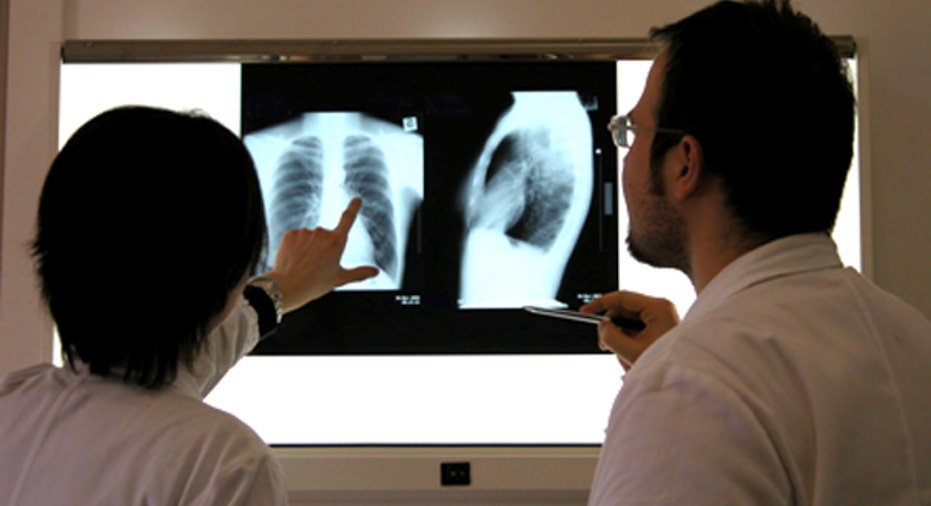Solving ER Overcrowding: Connecting People to Providers

Walking into an emergency room with anything short of a life-threatening problem and chances are you will be waiting at least an hour to get medical help.
ERs across the country have been flooded with Medicaid and uninsured patients seeking non-emergent care, and in turn are creating an environment of overcrowding.
To help combat ERs combat this issue, MyHealthDirect is helping ERs around the country with its health care scheduling exchange software. “What we do is get people to the right place at the right time for health care,” says Jay Mason, chief executive and founder of the Brookfield, Wisc.,-based company. “ERs are incredibly overcrowded and it’s only going to get a lot worse.”
Barriers to health care access is forcing those uninsured or on Medicaid to turn to emergency rooms for illness and issues normally seen by a physician in a traditional doctor’s office. According to Mason, this has been a problem for more than 30 years, but is getting substantially worse as more hospitals in urban areas are closing and states are increasingly mandating health coverage. “Since Massachusetts passed a law that everyone has some form of insurance it takes almost 45 days on average for a person to get in to see a primary-care physician; an unintended consequence is they go to the ER.”
Here’s how an average patient flow at a hospital flow looks like, according to Mason: about 40 per 100 people are insured, while the uninsured show up at a rate of 20 per 100 and those on Medicaid show up at a rate of 80 per 100 people. As a result, ER doctors and nurses are treating a lot of non-emergency care patients or busy with return visits like cast removal. Here’s where MyHealthDirect’s software steps in. The software can schedule the follow up care so the patient won’t return to the ER. It can find doctors in the patient’s neighborhood and speak his or her language. The software can even pinpoint doctors that are on the patient’s bus route and schedule the appointment.
The software is web based, enabling users to redirect patients to a clinic setting in real time, alleviating some of the overcrowding in the ER. The software will show all the available appointments in the community that meet’s the patient’s needs. MyHealthDirect works with community clinics, health centers and free clinics, says Mason.
Specific searches like a doctor’s language, religion, proximity to a rail road station can be used to ensure a convenient match. “Many times not being able to get to the doctor or language is a barrier,” says Mason. “If we accommodate them, these people will show up for their appointments.” He claims that the show-up rate increases tenfold by using the service.
Currently 35 hospitals in nine states including California, Arizona, Texas and Connecticut are using the software. Mason says the hospitals using it have seen repeat visits reduced by 23%. He says the goal is to be in every major market and eventually put in the hands of consumers to find and book appointments directly.
“This is a universal problem. Every major city has this issue to one degree or another,” he says. “It’s cutting down the wait times and more importantly trading that capacity for people with real emergencies.”